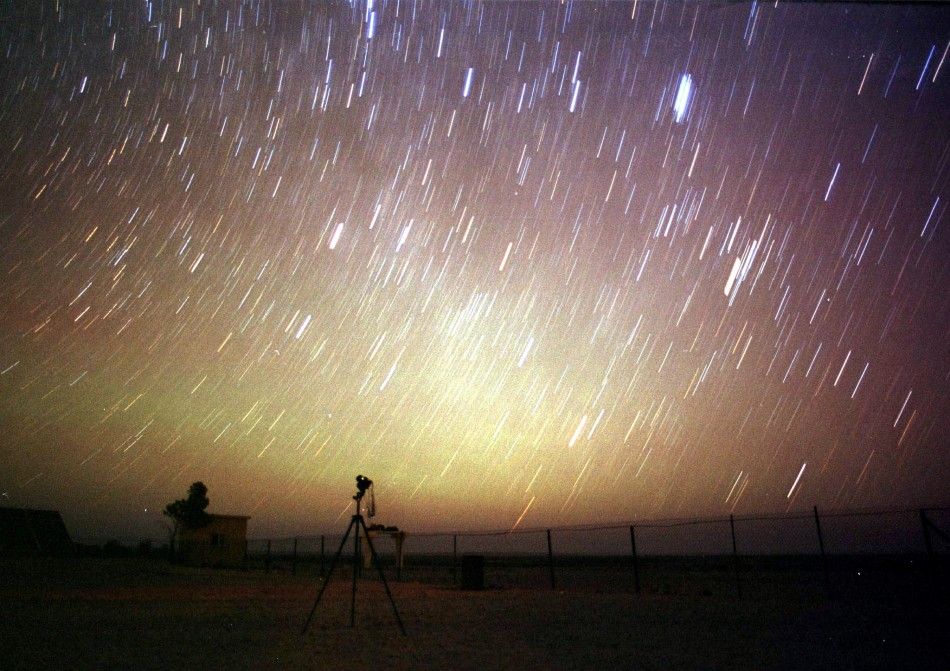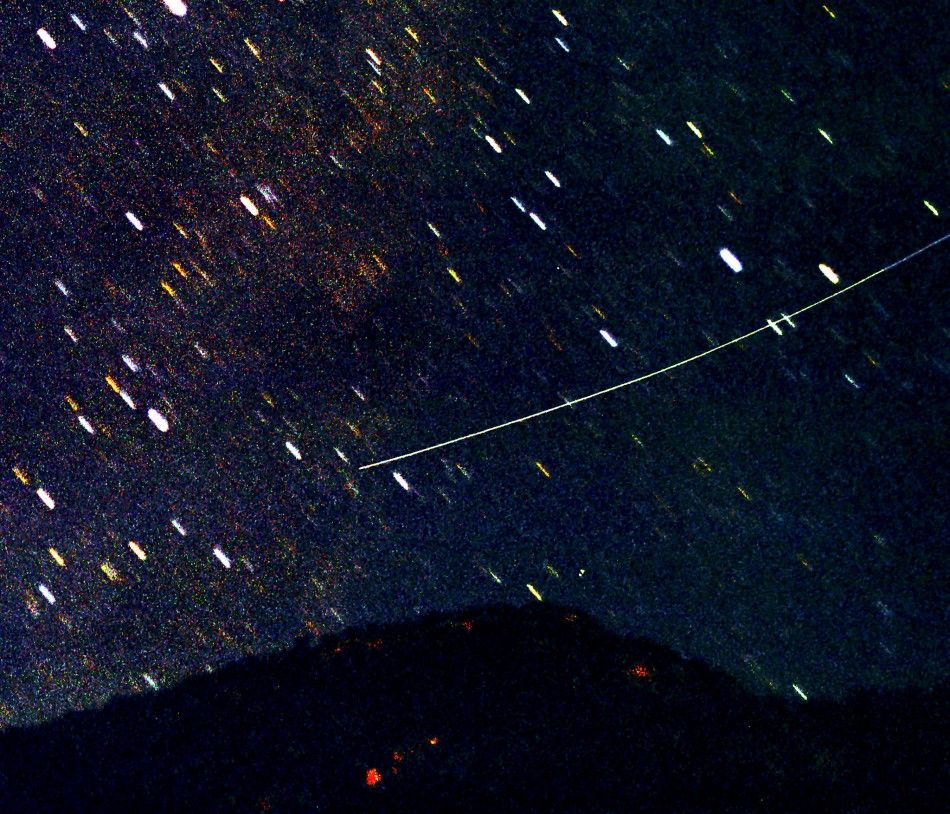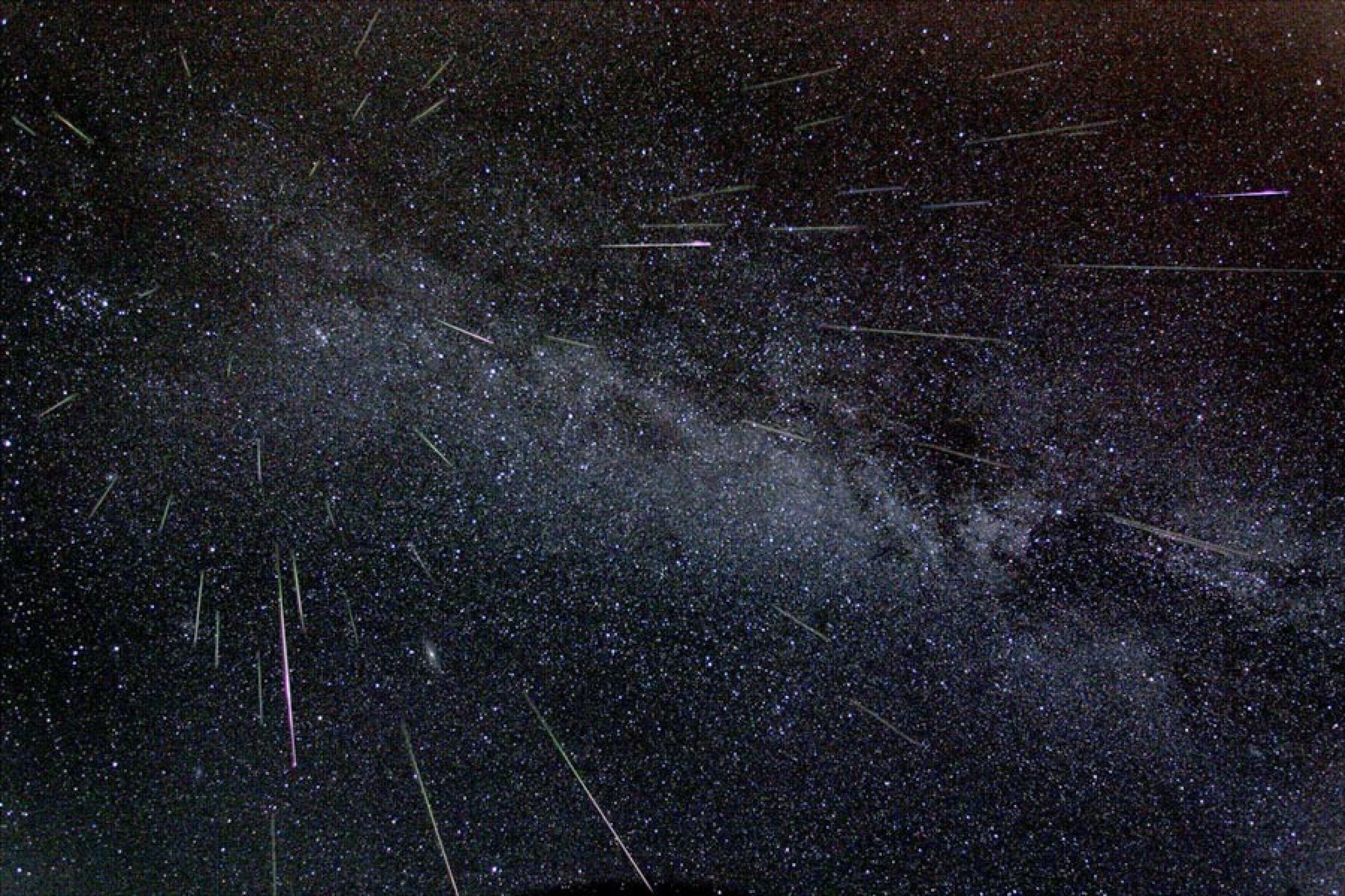Perseid Meteor Shower to Peak Tonight [PHOTOS]
The Perseid Meteor Shower will approach its peak tonight, during the overnight hours of Aug. 12 and Aug. 13, most viewable at approximately 2 a.m.
The annual meteor shower, known to be the world's best and most reliable for centuries, is typically comprised of about 100 fast, bright meteors per hour leaving lingering trails. Perseid fireballs also blaze brightly within the shower, dazzling onlookers for a mere second or less.
"The Perseids are always an exciting meteor shower to watch out for. Even in large cities it's often possible to catch site of some of the brighter Perseid meteors streaking across the sky, but from a really dark site you can sometimes see dozens per hour,' Dr. Marek Kukula, public astronomer at the Greenwich Royal Observatory in London said.
However, this year's Perseid Meteor Shower will be minimal, due to a full moon scheduled for the night of its peak. The brightness of the moon will light up the sky and limit visibility of the meteor shower to only 20-30 meteors per hour at most.
"Despite this year's Perseid shower coinciding with the full moon it's still well worth going out for a look. The meteors can appear anywhere in the sky so try looking away from the bright moon to maximize your chances of seeing one," Dr. Kukula said.
Skygazers are recommended to allot 20 minutes for eyes to adjust to the darkness of the sky, not to use binoculars and head to the countryside for optimal viewing conditions.
Despite the full moon, the celestial display will be best viewed during the transition between the moon and the sun, right before sunrise, when the sky will be completely black.
Occurring every year in August, the Perseid Meteor Shower is caused by debris from a comet called Swift-Tuttle, which orbits the sun once every 133 years. Earth travels through a cloud of 1,000-year-old debris and leaves behind a trail of dust that enters Earth's atmosphere at a speed of more than 133,000 mph before they burn up in Earth's atmosphere to create a meteor shower, according to Space.com.
The Perseids, named after Greek hero Perseus, has been observed for over 2,000 years. It radiations from the constellation Perseus, appearing in the sky from the middle of the gathering of stars.
The Perseids is seen everywhere, with the best views from the Northern hemisphere yearly on Aug. 12 and Aug. 13 where viewers can see more than one meteor for every minute.







© Copyright IBTimes 2024. All rights reserved.






















